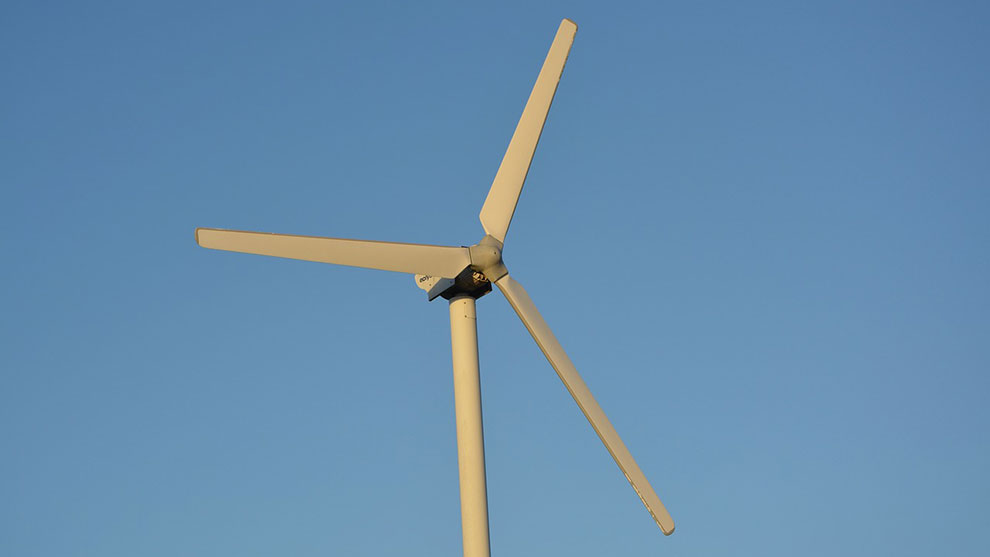

Arizona Public Service announced its rollout plan for attaining net-zero carbon emissions. This plan entails various pathways alternating the risks and benefits of transitioning to renewables and battery technology. APS hopes to achieve 45 percent renewable electricity before 2030 and a further boost to 65 percent by the Palo Verde nuclear power plant.
APS’s extensive integrated resource plan (IRP) reveals how to reach these goals without developing new gas plants. Instead, APS hopes to invest in solar energy and the storage of renewable energy for heavy metal industries and other activities. This plan authenticates a method that will do away with coal-fired power plants before 2031 but keep natural-gas-fired energy plants until 2035 to sustain the region’s energy needs.
The general manager of resource management in Arizona, Brian Cole, states that the efficient transition to renewables depends on the costs of batteries and the effectiveness of generating clean energy from hydrogen. He says that natural gas is vital as a booster for the smooth transition before it can eventually be cut off. Cole views the IRP to be a suitable approach in hastening the development of new technology while spiraling down the costs of the switch to renewables.
APS intends to top up renewable energy to reach 2662 megawatts and add 850 megawatts of energy storage by 2024. For this reason, this body has various proposals, including the 250 megawatts wind power project, 150 megawatts solar-plus-storage, and a 150 megawatts solar PV project. Cole directs that these proposals are crucial in catering for their capacity to serve customers. The IRP demands more projects to top up with 1750 megawatts of energy storage by 2030 to facilitate the smooth phasing out of the coal-fired power plants.
IRP is shifting from its initial plan of 5000 megawatts of gas-fired capacity to the current plan after the Arizona Corporation Commission failed to approve the initial plan. Tucson Electric Power Co. is also a victim of the failure of approval making this firm hold all new gas plant constructions and rethink a clean energy proposal. APS is now under immense pressure to come up with 6000 megawatts of capacity in the next ten years resulting from the scheduled retirement of over 1400 megawatts of coal-fired energy plants.
The success of the APS’s zero-emissions goal relies on some tough decisions on the dependence on natural gas. The IRP details that there is a need for attaining 5440 megawatts from the gas-powered plants, 4832 megawatts of energy storage, and 9830 megawatts of renewable energy for a sustainable economy of 79 percent clean energy. To achieve 91 percent clean energy, the APS will go for the accelerate portfolio, which demands 3851 megawatts of natural gas, 10522 megawatts of energy storage, and 13755 megawatts of renewables.
Finally, Cole indicates that the path chosen by APS to transition to clean energy is dependent on the costs of batteries, energy storage technologies, and the feasibility of hydrogen in replacing natural gas.






Add Comment